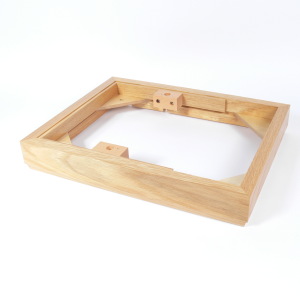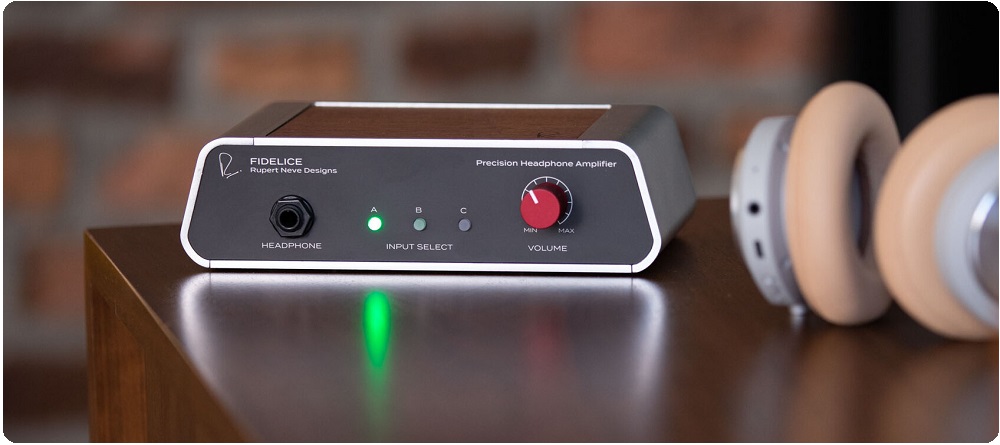
Simon Dalton gets to grips with Rupert Neve's new headphone amp and he rather likes it.
Rupert Neve designs have finally released their follow-up to the excellent RNHP headphone amp which garnered so many plaudits and awards amongst the Hi-Fi press. Whereas that original design was the result of solving a practical problem - adding the facility for headphone monitoring to Rupert Neve mixing desks - the new Precision Headphone Amplifier is a distinctly audiophile offering. That doesn't mean the baby has been thrown out with the bathwater, so to speak.
Keen observers will notice that the overall size of the new unit is very similar to the RNHP, and the configuration at the rear remains the same. That's no surprise because the new amp is based around the architecture of the original, keeping those elements that made the latter perform so well whilst changing those areas where things could be significantly improved. In effect, this is the amp the original should have been, given a purely audiophile brief and a bigger budget.
Speaking of budget, that brings us to the price. The original RNHP retailed at £469 - the new amp is £1149. That's a big step up in price. Admittedly, some of this is down to new casework which, it has to be said, is very impressive.
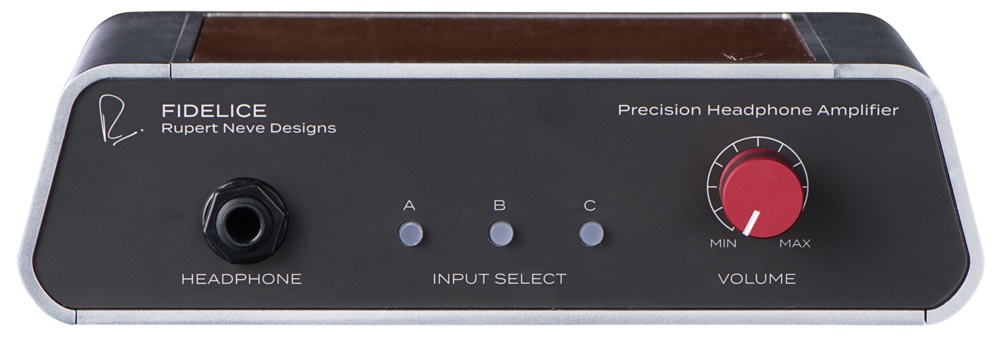
It won't be for everyone, but I really like the angled shape of the aluminium casework, and the mahogany top is a nice touch too. A headphone amp is often a component in its own right, sat alone on a desktop or shelf rather than as part of a system on a Hi-Fi rack, so its distinctive look works well here. We always espouse sound quality over looks but I think the budget that's been allocated to the casework is justified here as the old design was very industrial, reflecting its studio heritage. And it's not just about looks either; the new casework is better damped than the original.
Listening - the acid test
I have to admit to being a bit tentative when sitting down to listen to the Fidelice. I really liked the RNHP, ever since I first heard it back in 2016 at CanJam, London. I wrote at the time how, in terms of pure musicality, there was very little at that show to beat it - in fact, for me it was only bettered by something around five times the price! So, the new unit had some way to go to better this; more specifically, to better this to the tune of £700.
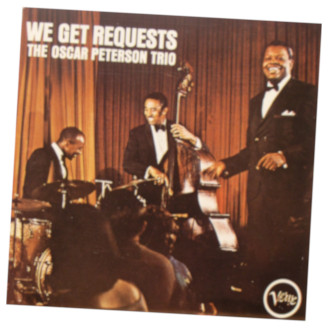 To make a fair comparison I set up the old RNHP beside the new model, both fed by a modified Arcam DV137 DVD player (used to play CD) and in turn feeding a pair of Sony MDR Z7 headphones with the Sony/Kimber upgraded cable option. Playing Oscar Peterson's album We Get Requests, the original model did not disappoint, reminding me of why I liked it so much in the first place. This really is a great little amp that gives you such an immediate connection with the music, never feeling as though it is getting in the way or adding too much of its own character to the track. At least, that's what I used to think...
To make a fair comparison I set up the old RNHP beside the new model, both fed by a modified Arcam DV137 DVD player (used to play CD) and in turn feeding a pair of Sony MDR Z7 headphones with the Sony/Kimber upgraded cable option. Playing Oscar Peterson's album We Get Requests, the original model did not disappoint, reminding me of why I liked it so much in the first place. This really is a great little amp that gives you such an immediate connection with the music, never feeling as though it is getting in the way or adding too much of its own character to the track. At least, that's what I used to think...Right from the first note of the first track, Quiet Nights Of Quiet Stars (Corcovado), I knew the Neve magicians had sprinkled a whole heap of their musical fairy dust over this new version. The track starts with what sounds like a harp but - and I'm sticking my neck out here - I think is actually the sound of fingers being strummed across the wires on Peterson's piano. There's a timbre to the sound that sparkles with the new amp, and a pleasant edginess to the individual strings which immediately grabs your attention. This happens in milliseconds; you don't have time to think as it's just there, in front of you, drawing you into the performance. Compared to the RNHP, the Fidelice gives the music a directness and honesty which I hadn't realised was missing with the former. As the track continued, I was drawn further into the music to the point where I forgot what I was supposed to be doing and became completely engrossed.
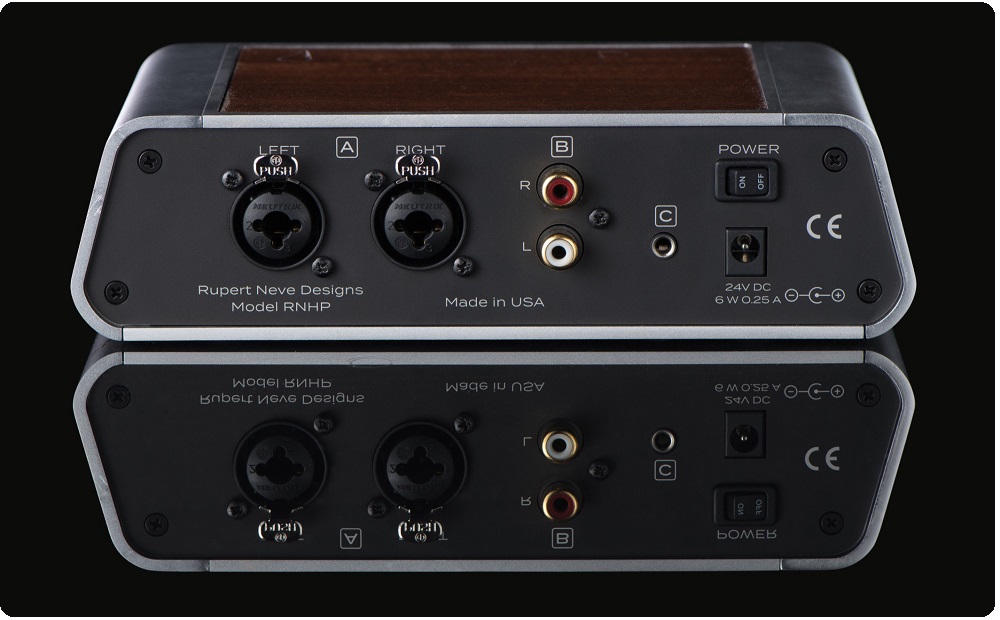
I listened to a couple of other CDs for comparison, and to establish the performance with different genres (rock and pop). The results were the same. Michael Jackson's title track from the album Bad, for example, has a similar effect to Quiet Nights... in that it grabs you right from the start, before you've time to start thinking and analysing.
Is it worth it?
Is the improvement enough to warrant the price differential? At the risk of being accused of avoiding the issue, I'd have to say that I think that's the wrong question. As soon as you try to compare prices you get into percentages - if the difference in cost is 150%; is the Fidelice 150% better? That to me is a pointless question. It's like comparing Usain Bolt to the rest of the field based on how much of a percentage faster he is; that's not going to tell you anything. What I can say is that, in terms of musical delivery, engagement and pure enjoyment, the Fidelice is worth every penny. If you have a decent pair of headphones, and spend a good amount of time listening to them, you deserve to try this amp.
Click here to buy.
Features
• 3 switchable inputs: aXLR-1/4" jack,
RCA (phono) and 3.5mm stereo
• 1/4" headphone output socket
• Minimum headphone impedence: 16Ω
RUPERT NEVE
FIDELICE HEADPHONE AMP
2 year warranty
£1149.00
14 day home trial
Who is Rupert Neve?
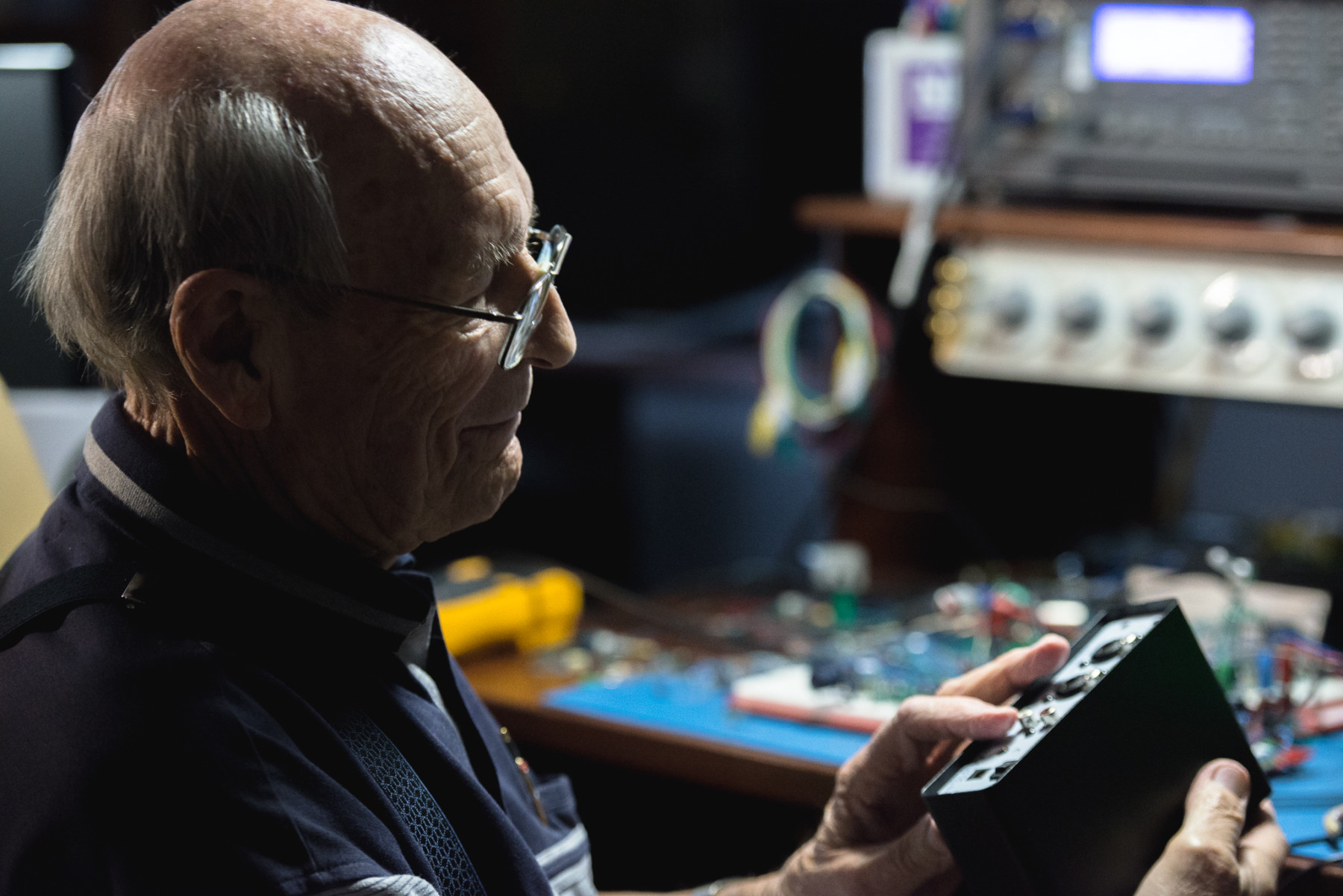
Rupert working on the original version of the RNHP
Recognized as the developer of the modern mixing console, Rupert's handiwork is found in thousands of studios around the world. Because of these efforts, he has been the recipient of a number of accolades over the years.
In 1997, Rupert became one of a very few personal recipients of a Technical Grammy award. In awarding his Grammy, the Recording Academy acknowledged Rupert's profound impact on the industry:
"For setting the standard for quality sound reproduction through his engineering and his innovative designs, which have made possible unparalleled advances in the quality of recorded sound; in recognition of his influence on a generation of audio designers; and for his dedication to purity of audio reproduction."
Sadly, Rupert passed away in February 2021 - see more here


















